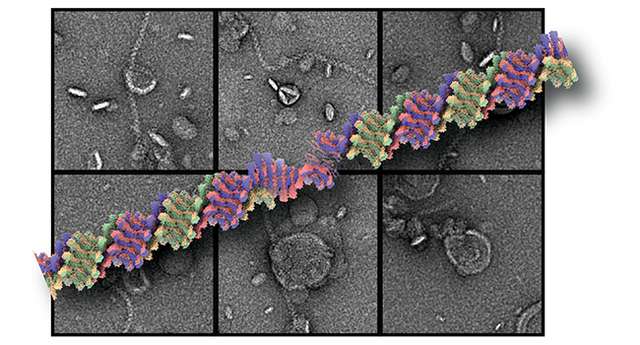Cryo Electron Microscopy (Cryo-EM)
Cryogenic electron microscopy
Cryogenic electron microscopy (cryo-EM) is a transmission electron microscopy technique applied to samples cooled to cryogenic temperatures. For biological specimens, the structure is preserved by embedding in an environment of vitreous ice. An aqueous sample solution is applied to a grid-mesh and plunge-frozen in liquid ethane or a mixture of liquid ethane and propane. While development of the technique began in the 1970s, recent advances in detector technology and software algorithms have allowed for the determination of biomolecular structures at near-atomic resolution. This has attracted wide attention to the approach as an alternative to X-ray crystallography or NMR spectroscopy in the structural biology field. In 2017, the Nobel Prize in Chemistry was awarded to Jacques Dubochet, Joachim Frank, and Richard Henderson "for developing cryo-electron microscopy for the high-resolution structure determination of biomolecules in solution." Nature Methods also named cryo-EM as the "Method of the Year" in 2015.
Read more about 'Cryogenic electron microscopy' at: WikipediaWikipedia contributors. "Cryogenic electron microscopy." Wikipedia, The Free Encyclopedia. Wikipedia, The Free Encyclopedia, Nov. 18, 2025.
